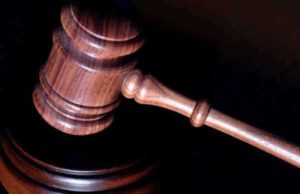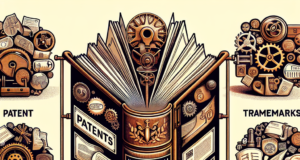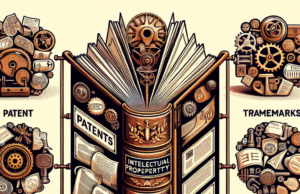
Published and unpublished works in the United
States are protected under copyright law. Also, any person
from a foreign country that is a member of the same treaty party of the United
States is subject to the same copyright law regarding unpublished and published
works. Works that may be protected with or without publication include:
Musical
works and any words with it.
Literary
Works.
Dramatic
works and any accompanying music.
Choreographic
works.
Pictures,
graphics and sculptures.
Motion
pictures and audio/visual works.
Sound
recordings.
Architecture.
The above works may be unpublished yet are still protected under national
origin copyright law. Once they are expressed in a tangible medium, they are
copyrighted. Any person who creates one of the above works and expresses it as
a tangible medium while located in any country is protected by copyright law
recognized by the United States.
Published works are protected if they are created by at least one person who is
a member of the United States, a member of a treaty party who shares the same
copyright laws or is a stateless person. If a picture, graphic, or
sculpture is embodied in a building located in the United States or foreign
treaty party member, that picture, graphic, or sculpture is considered published and is
protected by copyright law. The same law applies to a sound recording that was
first fixed in the United States or a different treaty party member.
Any published work created by the United Nations, one of its specialized
agencies, or by the Organization of American States is protected under the same
copyright laws as the United States and its treaty partners. Also, the United
States President can offer additional copyright protection to
members of nations not a part of the treaty party with the United States.
A President
may do this if he sees a foreign country that is not a member of the treaty
party decide to offer the same or similar protection that the treaty party
offers to its members. In other words, if a non-treaty party country offers a
United States creator of a published work the same protection they offer their
own citizens, a United States President will return the favor to creators of
published work from a non-treaty party nation.
Any non-treaty party nation that does not recognize copyright laws shared by
the United States will not be offered additional protection. If a non-treaty
party nation publishes a work and a member of the United States or another
treaty party nation publishes the same work within thirty days of the original
publication in a non-treaty party nation, the published works will be
considered to have been first created in the nation belonging to the treaty.
Any derivative published works not created by the original author are not
breaking the rules of the treaty party because the copyright protects only the
original work and research. Only the original work created by the original
author is protected by copyright. Anything added on is not the published work
of the original author.






















